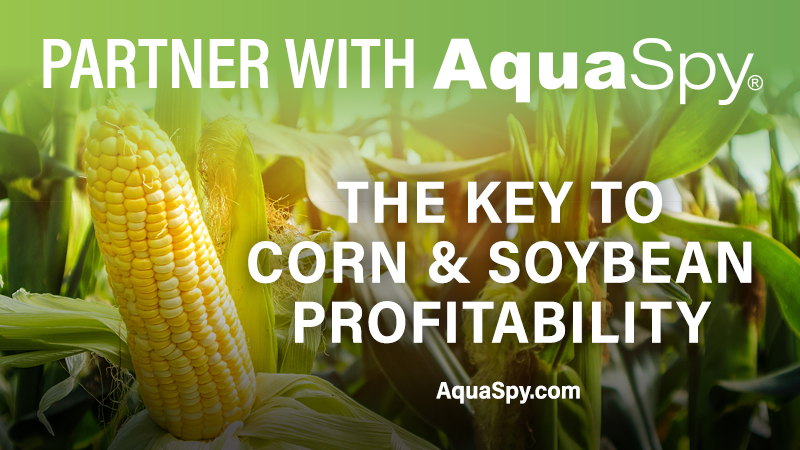The Importance Of Consistency And Predictability In Potato Varieties

These Russet Burbank potatoes show the elongated tuber type, along with the numerous eyes and the frequently encountered irregularities in tuber shape that is typical of the variety.
Photo credit: Phil Nolte
I’ve seen a lot of potato varieties come and go during my years as a potato scientist. Many of them never made it to the big time, in spite of the fact they survived the lengthy and rigorous battery of tests that need to be passed before a new variety is named and released.
On the other side of the coin, we have varieties that some would say have been around a lot longer than they should have been — Russet Burbank comes immediately to mind. Don’t count me among this variety’s many detractors; I, for one, am still a fan. One of the reasons that Burbank is still around while other varieties have gone by the wayside is that it is relatively consistent in its performance.
Consistency, and its close relative predictability, are highly desirable traits in a potato variety and, indeed, in a successful variety of any kind of vegetable or field crop. When making plans for the season, how much do you expect the yield to be? What kind of tuber size profile are you looking for? If a certain yield is your goal, how much nitrogen fertilizer and other nutrients will be needed?
As the growing season draws to a close, how long do you wait before you kill the vines? If your crop is intended for a processer, will it fry the right color as it comes out of the field? How about after the crop has been stored for several months?
The list goes on. Pretty easy to see how important consistency and predictability are for producers when making a decision about what variety to plant.
The Importance Of Storability
One important characteristic, briefly mentioned above, that is vital to the acceptance of most new varieties is storability, which is greatly influenced by the dormancy characteristics of the selection. Having witnessed dozens of presentations where new or potentially new varieties are being discussed, one thing almost always stands out: Very few selections have as long of a dormancy period as the old industry standby, Russet Burbank. Most of them don’t even come close.
Potato breeders from all over the U.S. are constantly striving to produce new varieties. Russet Burbank, for all of its notorious weaknesses, is proving to be very hard to replace. Part of the reason for this is that the industry has adopted Burbank as the model variety, and any new processing variety must meet or exceed the standards set by Burbank or stay at home. Yes, there have been a few varieties, some of them with serious shortcomings of their own, that have made some minor inroads, but they haven’t come anywhere near dethroning the Burbank.
A Niche For Shepody
Consider the Shepody variety, for instance. This variety is known to be a latent carrier of Potato Virus Y (PVY), which makes producing seed containing low levels of PVY a formidable challenge. However, Shepody tubers will still process fairly well when produced under extremely hot conditions, conditions which frequently cause a defect called “sugar end” in Russet Burbank. As a result, the variety has found a niche, at least temporarily.
As we have pointed out, breeder selections that would become new varieties face an entire gauntlet of specifications that they must either meet or exceed if they are to become new varieties. Even then some unforeseen issue can arise to derail the process. I have seen a number of varieties that made it all the way through the rigorous selection process only to fall victim to problems with Fusarium dry rot or some other issue that never surfaced despite all the years of testing.
Problem is, it takes 10 to 12 years for a new variety to be developed. Remember, you can’t really change any of a particular variety’s characteristics, you simply have to learn how to live with them. After the initial cross has been made, much of those 10 to 12 years are required to perform all the testing required to determine how the candidate varieties perform.
Consistency and predictability are, naturally, near the top of the list.










